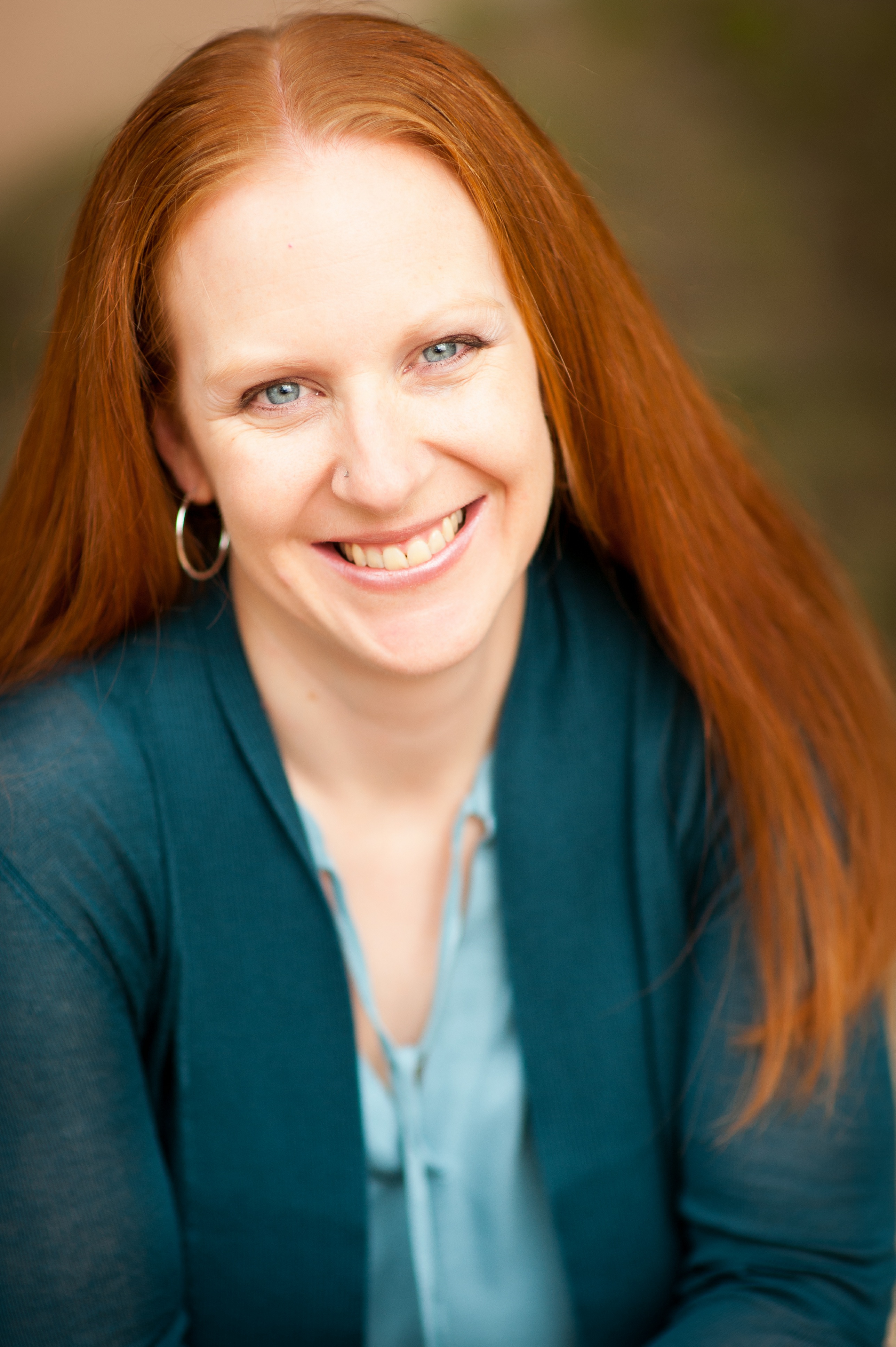From a clinical perspective, trauma is an overwhelming negative event that changes how a person feels and interacts with the world. From a personal perspective, however, trauma can be more difficult to define. Most would agree that physical and sexual abuse are forms of trauma, but it does not stop there. Bullying, car accidents, hearing parents fight, being removed from parents and place in foster care, and watching a violent event on TV are just a few examples of other experiences that may be traumatic to an individual. Trauma is not determined simply by an event, but how it impacts a person.
Consider what I like to call the cringe factor. If a person thinks back on life, most have things or memories that make them cringe. People often cope by trying to avoid thinking about them. The problem is that the original event often changes how a person responds to similar events and can continue to drive behaviors long afterwards. What makes someone cringe is different for each person. For one, it may have been being laughed at by a group of peers and now that person continues to feel highly anxious in groups. For another it may be the memory of sexual abuse that leaves a person hesitant to trust or commit in a serious relationship.
In order to be clinically diagnosed with Post Traumatic Stress Disorder (PTSD), several criteria must be met. This includes the type of event, and different categories of resulting symptoms. For detailed diagnostic criteria for PTSD, click here. Below is a list of a few questions a counselor may ask to diagnosis PTSD:
Do you sometimes feel like you are back at the traumatic event?
Do you go to great lengths to avoid things that remind you of the event?
Did the experience leave you feeling numb?
Do you have nightmares of the experience?
Are you constantly scanning your surroundings looking for signs of danger?
Many individuals, however, may not meet the criteria for PTSD and still have experienced events that were traumatic to them. From a treatment perspective, the goal is still the same – to help people find freedom and healing from negative experiences.
Trauma, whether large or small, is part of life. It takes courage to look at those memories that make you cringe. There is hope and a path to freedom. More to come on the effects of trauma as well as the healing process in the next few articles of the Trauma Series.
Coming next in the Trauma Series: How does trauma effect me?
Interested in more clinical information on trauma? Below are a few book recommendations by several leaders in the trauma field:
- Trauma and Recovery (Judith Herman, M.D.)
- Traumatic Stress (Edited by Bessel A. van der Kolk, Alexander C. McFarlane, Lars Weisaeth)
Photo by jinterwas CC BY 2.0.

